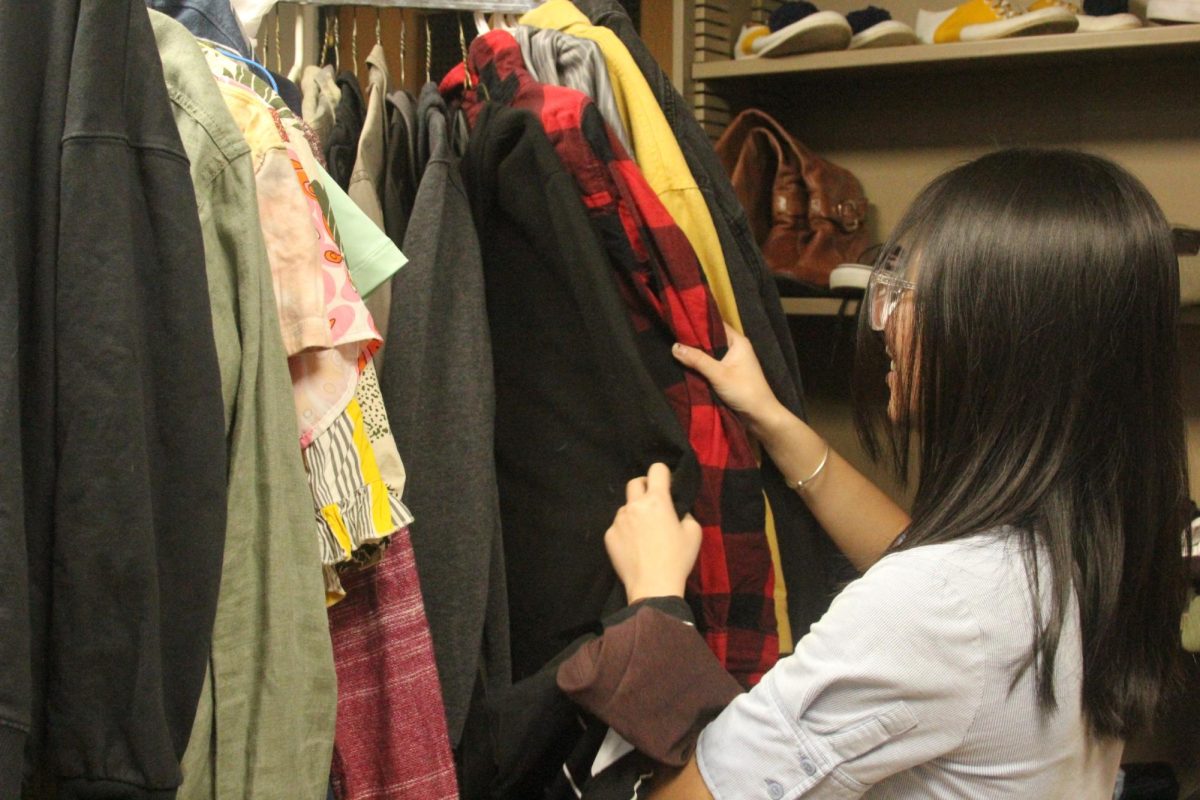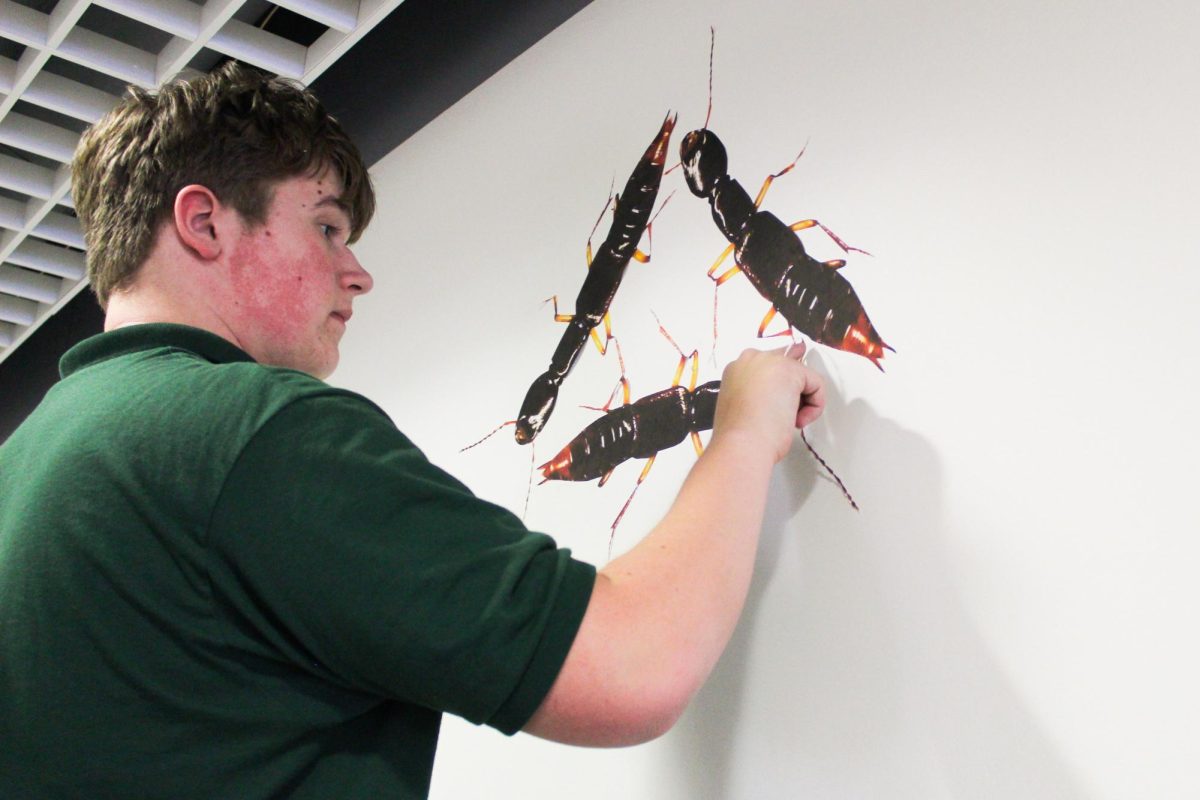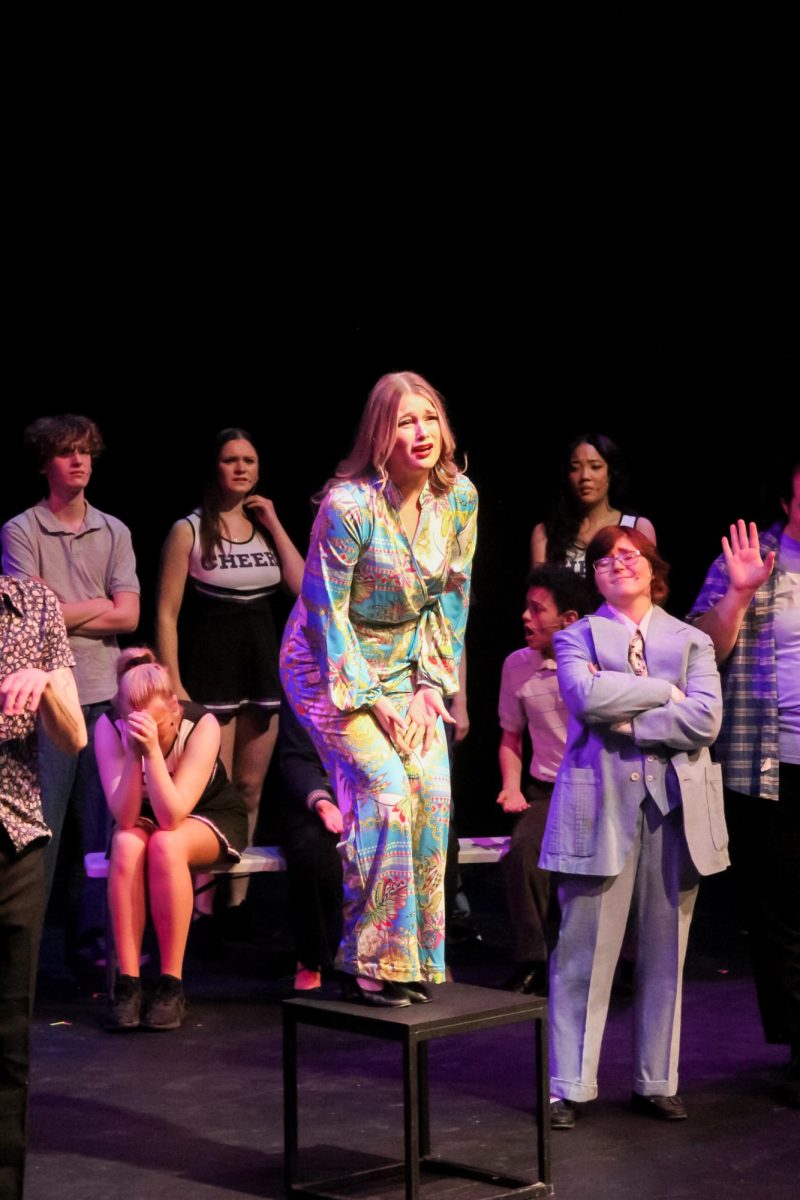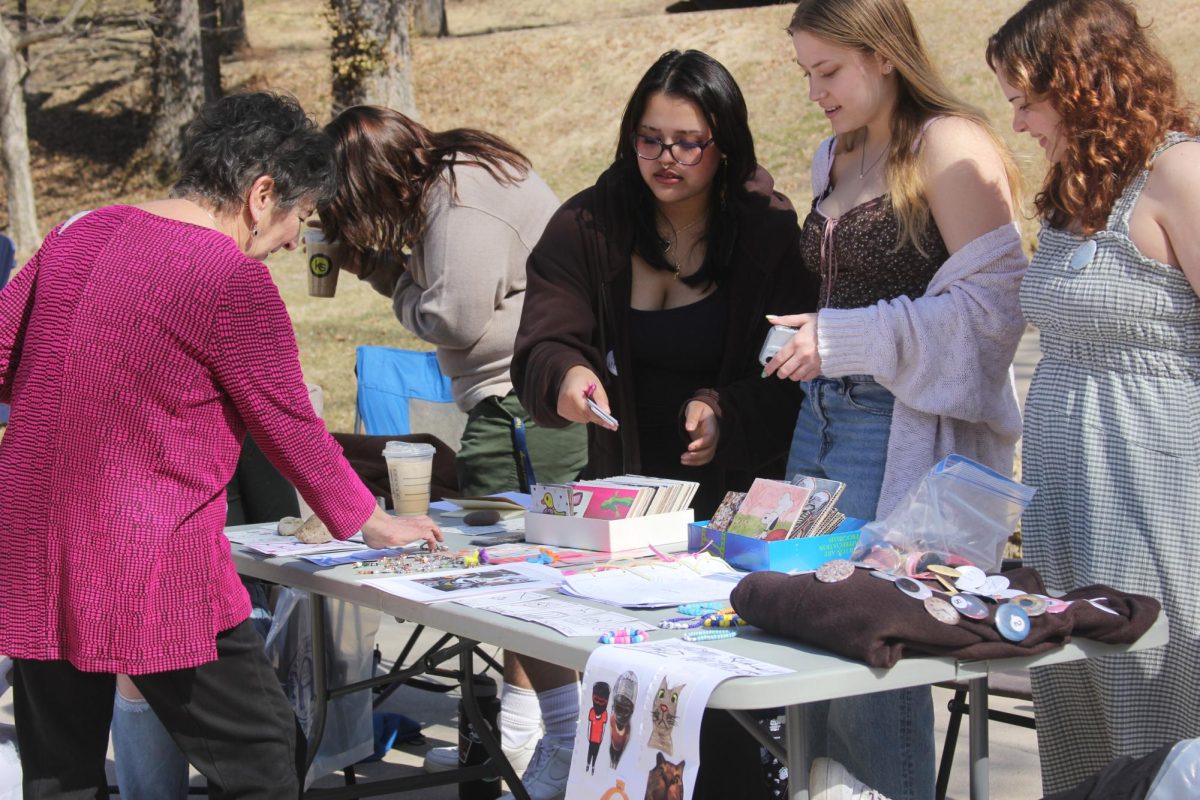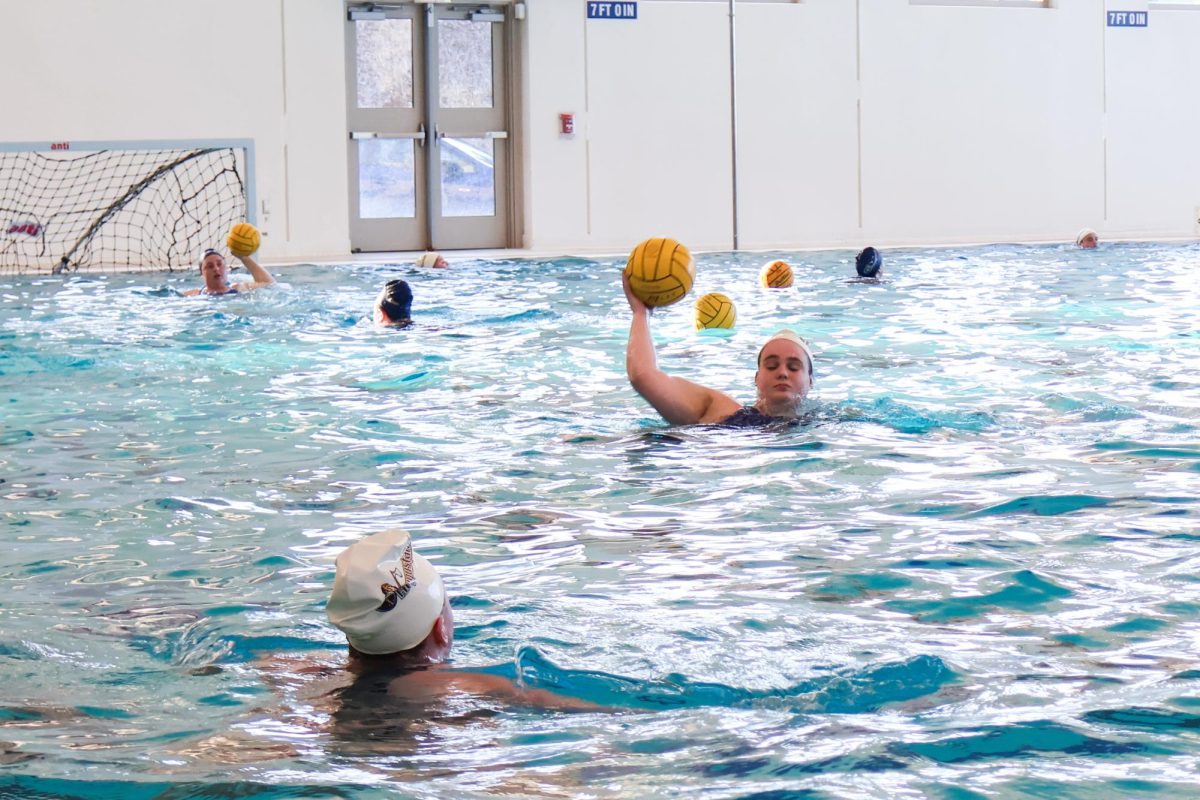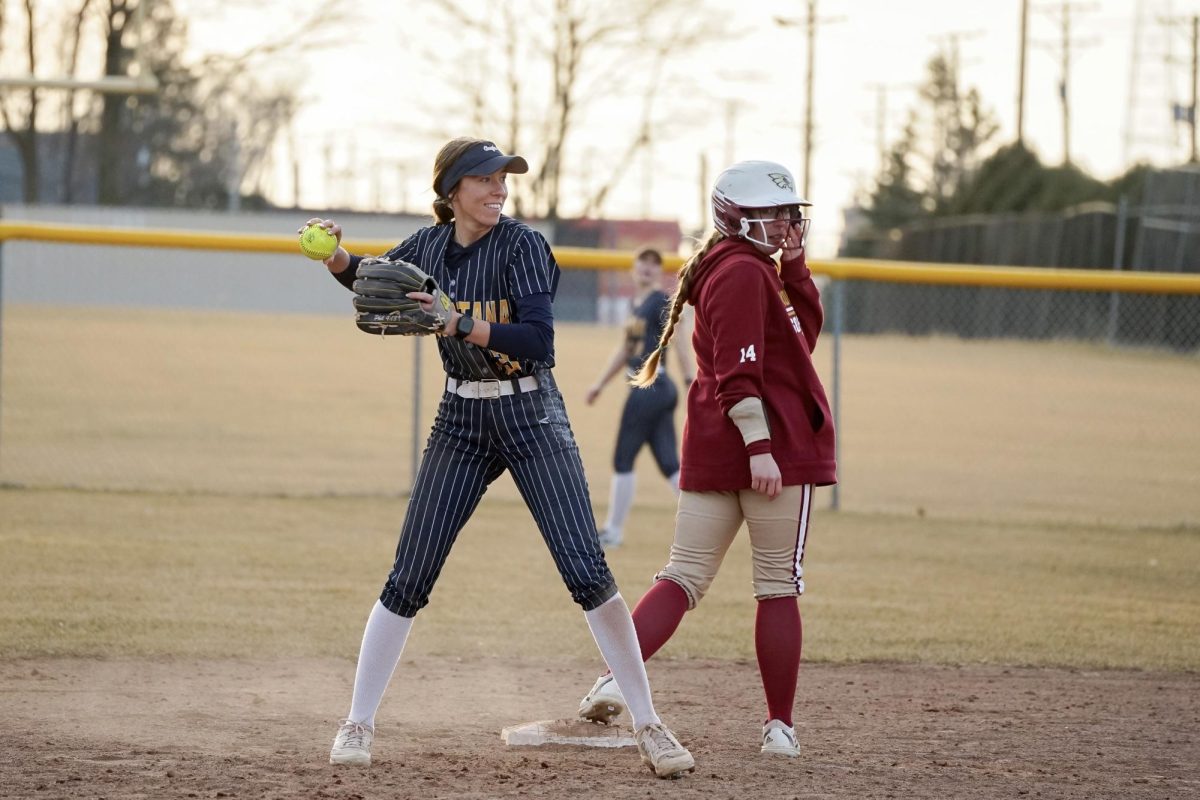I 100% believe in the power of conversation with those who have opinions opposite of your own. In fact, I think conversation with the opposition would solve a lot of the problems causing America’s current hyper-polarized society. There is power in understanding.
Nearing the fall semester, the dean of undergraduate students at University of Chicago sent out a letter stating that the college does not support “so-called ‘trigger warnings’” or “safe spaces,” as these nonsensical concepts created by liberal millennials threaten the diversity of thought and marketplace of ideas on a college campus.
Okay, maybe those weren’t his exact words…
When I saw the headline from the Chicago Tribune that said, “U. of C. tells incoming freshmen it does not support ‘trigger warnings’ or ‘safe spaces’” on my Facebook timeline, I was absolutely appalled.
I began reading the article and the letter itself that was sent out. It appeared to me that the dean doesn’t understand what the words “safe spaces” and “trigger warnings” actually mean.
For some reason, the term “safe space” has many people envisioning rainbows painted on the walls in a windowless room, with a kumbaya circle in the middle where everyone is sitting on pillows, eating Skittles, holding hands and smiling. While that imagery is a bit of an exaggeration, it is not far from the truth. Some people, including U Chicago’s dean of undergrads, see safe spaces as a place where an offended millennial can go be patted on the back and given a lollipop when a professor in class challenged their opinion on Donald Trump. This is a misconception that needs to be addressed.
Safe spaces were created to protect people from other’s prejudices and judgments and serve as a place in which members of a specific, marginalized community could gather and share their commonalities whilst being relieved of any societal persecutions they may face. Safe spaces aren’t meant to disrupt the diversity of academic discourse.
And neither are trigger warnings. Trigger warnings are a cautionary notice before viewing, discussing, or being involved in something disturbing or that may cause emotional distress. U Chicago made a conscious choice to disrespect the validity of trigger warnings based on the false belief that it stifles academic and intellectual freedom.
Safe spaces are like our culture houses here on campus where international students can gather and be comfortable speaking their own language together without getting unpleasant stares directed to them in public spaces. Trigger warnings are content notices before violent video games or sexually violent scenes in movies to warn the viewer of what they are about to view so they aren’t put through emotional distress or shock had they not been warned of the impending content.
Before U Chicago comes out with a letter erasing the validity of “safe spaces” and “trigger warnings,” I think they should use their “intellectual freedom” and take the time to understand what these terms actually mean.
University of Chicago is not attune to “trigger warnings” or “safe spaces”
September 16, 2016
0
More to Discover
